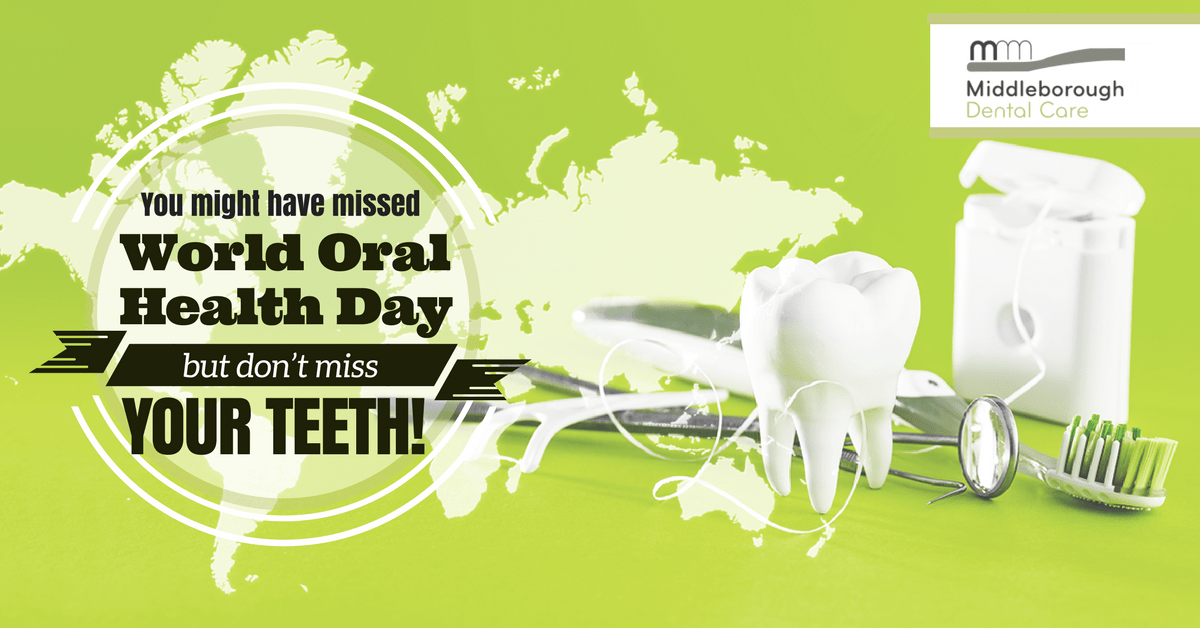
You might have missed World Oral Health Day, but don’t miss your teeth!
The opening line on the World Oral Health Day website is brilliant:
“Your mouth is a mirror to your body and reflects your general health and well-being.”
That’s the theme of this year’s World Oral Health Day in a nutshell: a healthy mouth and a healthy body go hand in hand.
If you missed it, World Oral Health Day was March 20. It was first declared in 2007, although it was celebrated on September 12 until 2013, when the new date was chosen to reflect that:
- Children should have 20 baby teeth;
- Seniors must have 20 natural teeth at the end of their life to be considered healthy;
- Healthy adults have 32 teeth and 0 cavities (expressed as a date – the US way – that’s 3/20).
Our teeth aren’t in great health
To coincide with World Oral health Day, the Australian Dental Association (ADA) and Australian Health Policy Collaboration (AHPC) at Victoria University released their national oral health report card and suffice to say it was not encouraging reading.
The findings of Australia’s Oral Health Tracker, the national report card on oral health and the first of its kind in the world, included:
- Tooth decay is the most common chronic disease in Australia;
- More than 90 per cent of Australian adults have experienced decay in their permanent teeth;
- Three out of four children and young people are consuming too much sugar;
- One third of Australian five and six-year-olds have had decay in their baby teeth;
- Only 51 per cent of Australian adults brush their teeth the recommended twice a day.
In preparing the report, the authors noted that “poor oral health is a significant contributor to the burden of disease in Australia. At an individual level it results in pain and discomfort reducing our quality of life, including reduced school and work productivity.”
“Oral diseases are among the most common health diseases and are contributing to the rising rates of health care costs. In 2015-16, an estimated $9.9 billion was spent on oral health, with many of these costs incurred associated with treatment for oral disease that is preventable.”
It starts with children
It seems that children are developing more oral health issues and at an earlier age, largely due to an increasingly sugar-laden diet (including soft drinks).
It’s an astonishing statistic that, in 2015-16, there were 67,266 potentially preventable hospitalisations for oral health problems and almost one-third of these were children under the age of nine!
Australia’s Oral Health Tracker has set a relatively modest target of a 10 per cent reduction in the proportion of children needing hospital care for dental issues by 2025.
So that starts with better education and clearer reminders of good oral care habits, such as:
- Brushing teeth at least twice per day;
- Brushing teeth thoroughly and using good technique;
- Visiting the dentist every six months;
- Reducing the amount of sugar in our diets.
Plenty of room for improvement
The Oral Health Tracker began in 2016, so it’s starting to pick up on trends, both positive and negative.
These two tables show the various indicators – risk factors, conditions, and adverse health outcomes -with the latest measures and proposed targets for improvement by 2025.
As you can see, there are a lot of issues with concerning trends, so we’ve all got plenty of work to do to turn things around and start those trends heading in a positive direction.
Start by booking in the whole family for check ups at Middleborough Dental Care as soon as you can, review your daily dental care regimen (we’re happy to advise you and demonstrate best practice), and make some changes to your diet.
The bottom line is we need to keep our teeth healthy to keep ourselves healthy.